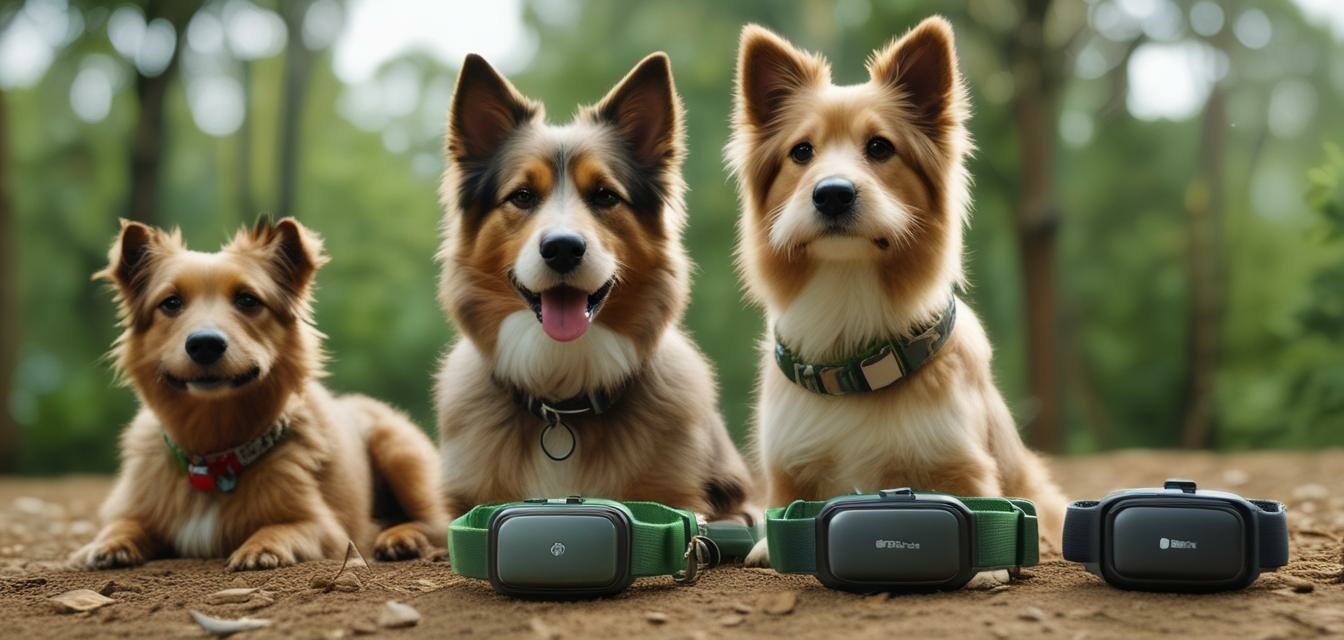
Tracking the Sustainable Evolution of Pet Wearables
Key Takeaways
- Pet wearables are shifting to eco-friendly materials, reflecting owner values.
- Emerging technologies are supporting sustainability in tracking pet health and location.
- Sustainable practices not only benefit pets but also contribute positively to the environment.
- Consumer expectations are rising for brands to demonstrate environmental responsibility.
- Collaboration among companies is crucial for innovation in eco-conscience products.
Introduction
As pet owners become more eco-conscious, there's an increasing demand for products that align with sustainable practices. Pet wearables, which primarily focus on health and activity tracking, are now gradually integrating eco-friendly principles into their designs. This article will explore the evolution of these gadgets towards sustainability and how they meet the evolving expectations of pet owners.
The Current Landscape of Pet Wearables
Today’s pet wearables include smart collars, GPS trackers, and activity monitors. These tools help owners keep tabs on their furry friends' health and location but often come with concerns about their environmental impact. Traditional plastic materials and disposable batteries are being scrutinized as awareness around sustainability grows.
Common Types of Pet Wearables
- GPS Trackers
- Activity Monitors
- Health Monitors
- Smart Collars
- Wearable Cameras
The Shift Towards Sustainability
Innovative companies are now leading the charge to create sustainable pet wearables. This shift has been influenced by several factors, including consumer demand, environmental awareness, and new technological solutions.
Materials Matter
The focus is shifting to eco-friendly materials like:
- Biodegradable plastics
- Recycled fabrics
- Organic materials
Technological Advancements
With technological advancements, wearables are becoming smarter while also being more responsible. Key innovations include:
| Technology | Advantage |
|---|---|
| Solar Charging | Reduces reliance on disposable batteries |
| Durable Design | Longer product lifespan leads to less waste |
| Cloud Connectivity | Allows for remote updates and better resource management |
Changing Expectations of Pet Owners
Today’s pet owners are looking beyond functionality. They desire products that also reflect their values of sustainability and ethical consumption.
Consumer Values
Modern pet owners are influenced by:
- Environmental responsibility
- Support for sustainable practices
- Health and wellness for their pets
Challenges on the Path to Sustainability
Despite the promising changes, the journey to a fully sustainable wearable market is fraught with challenges:
- Higher production costs for sustainable materials
- Limited consumer awareness of eco-friendly options
- Balancing performance with sustainable choices
Working Towards a Sustainable Future
The future of pet wearables is rooted in collaboration. Companies must work together to:
- Encourage shared eco-friendly guidelines.
- Engage pet owners in sustainability discussions.
- Promote educational initiatives about eco-conscious products.
Potential Collaborations
| Partnership Type | Benefit |
|---|---|
| Manufacturers and Material Suppliers | Innovation through sustainable sourcing |
| Tech Companies | Integrating greener technologies |
| Environmental Organizations | Increased awareness and responsibility |
Conclusion
The movement towards sustainable pet wearables is gaining momentum. With evolving technologies and growing consumer demand for eco-friendly options, pet wearables are on the path to becoming more environmentally responsible. Companies must acknowledge these changing expectations and act upon them to foster a healthy future for pets and our planet.
Tips for Eco-Conscious Pet Owners
- Research brands that prioritize sustainability.
- Choose durable products that can last longer.
- Recycle old pet gadgets properly.
- Engage in conversations about sustainability in pet care.
- Stay updated with innovations in eco-friendly pet supplies through resources like our Eco-Friendly Buying Guides.
Pros
- Promotes eco-friendly pet ownership.
- Enhances pet health tracking.
- Encourages brand responsibility.
Cons
- Higher costs for sustainable options.
- Limited availability of eco-friendly products.
For more insights on eco-friendly initiatives in the pet industry, explore our blog category on Pet Industry News.